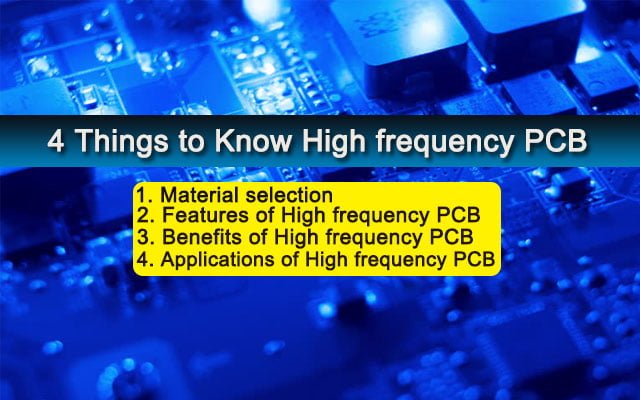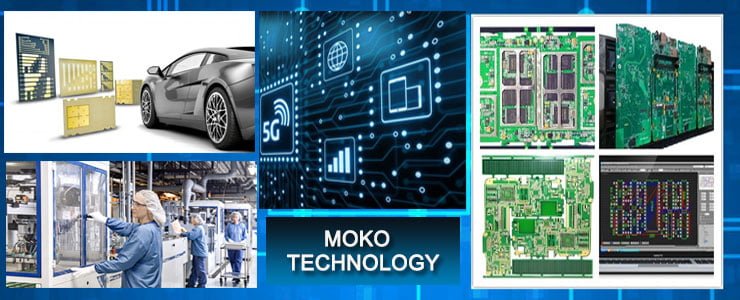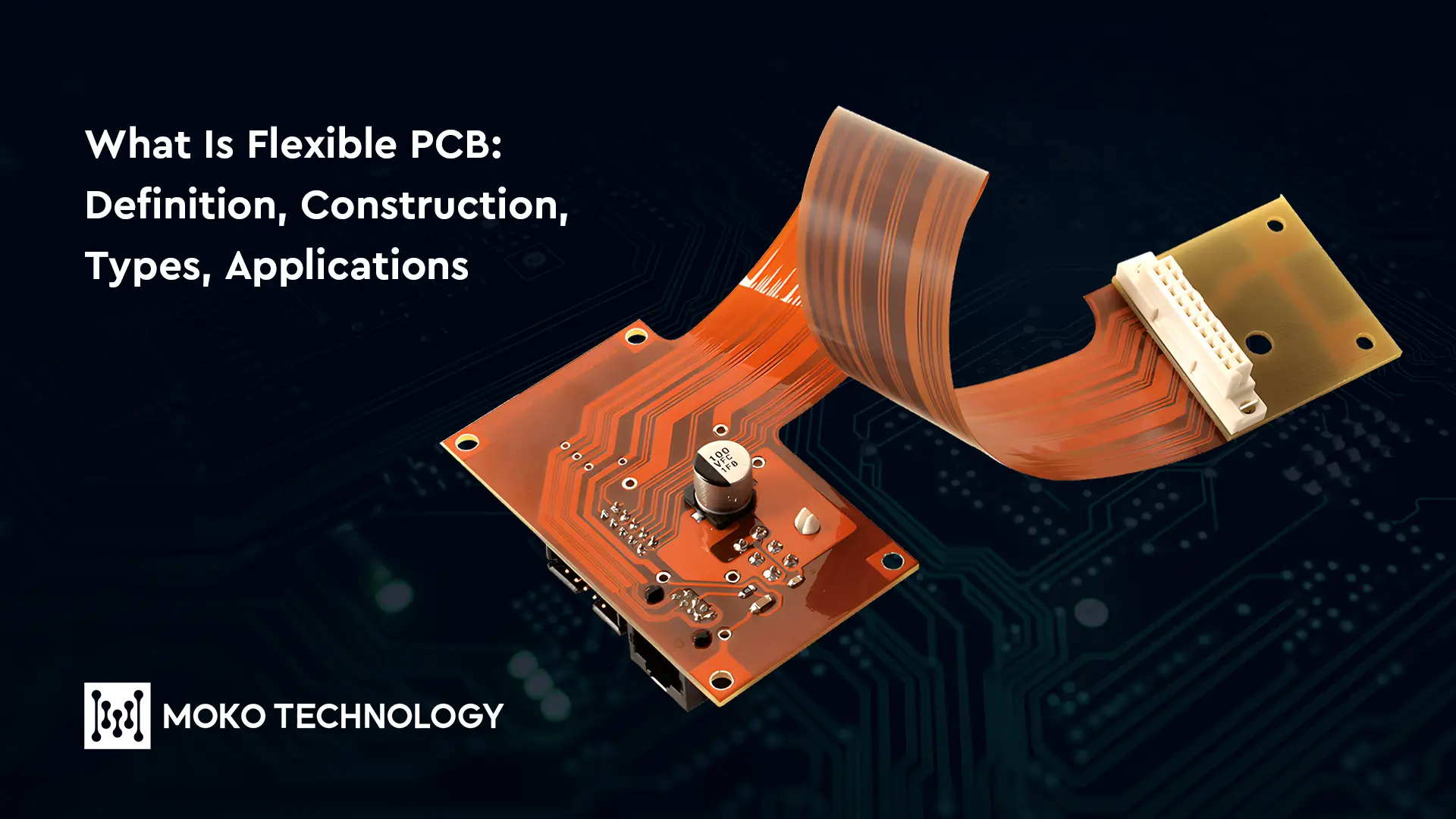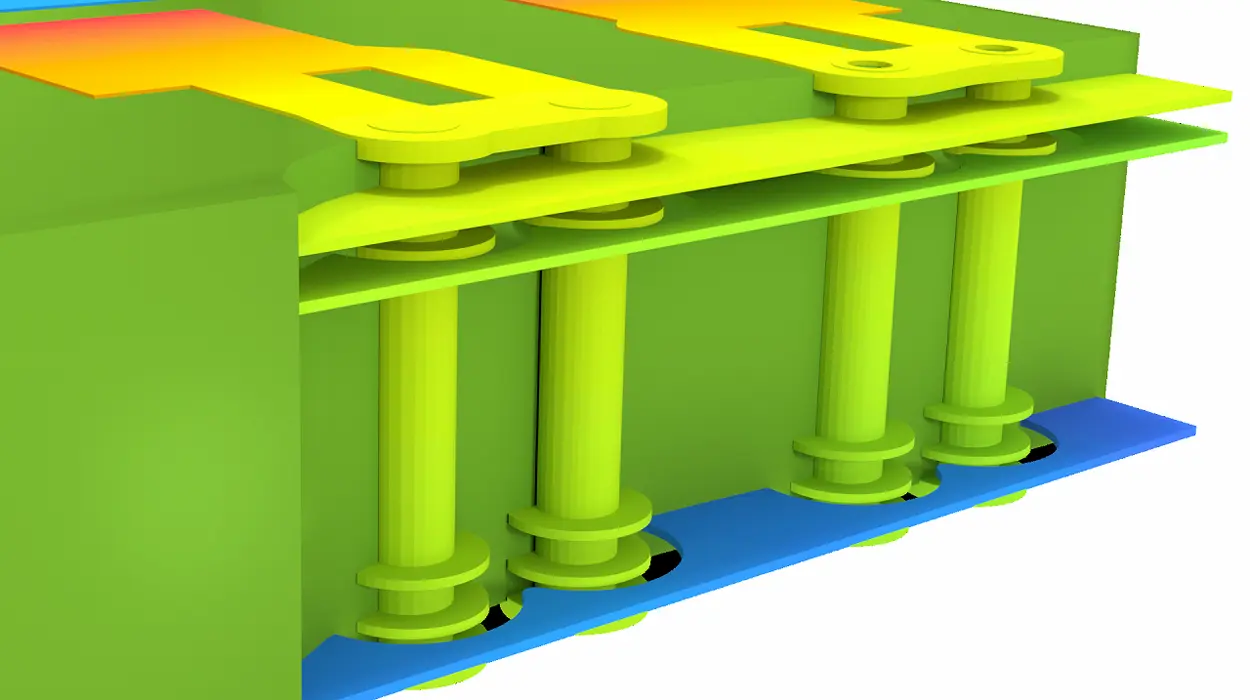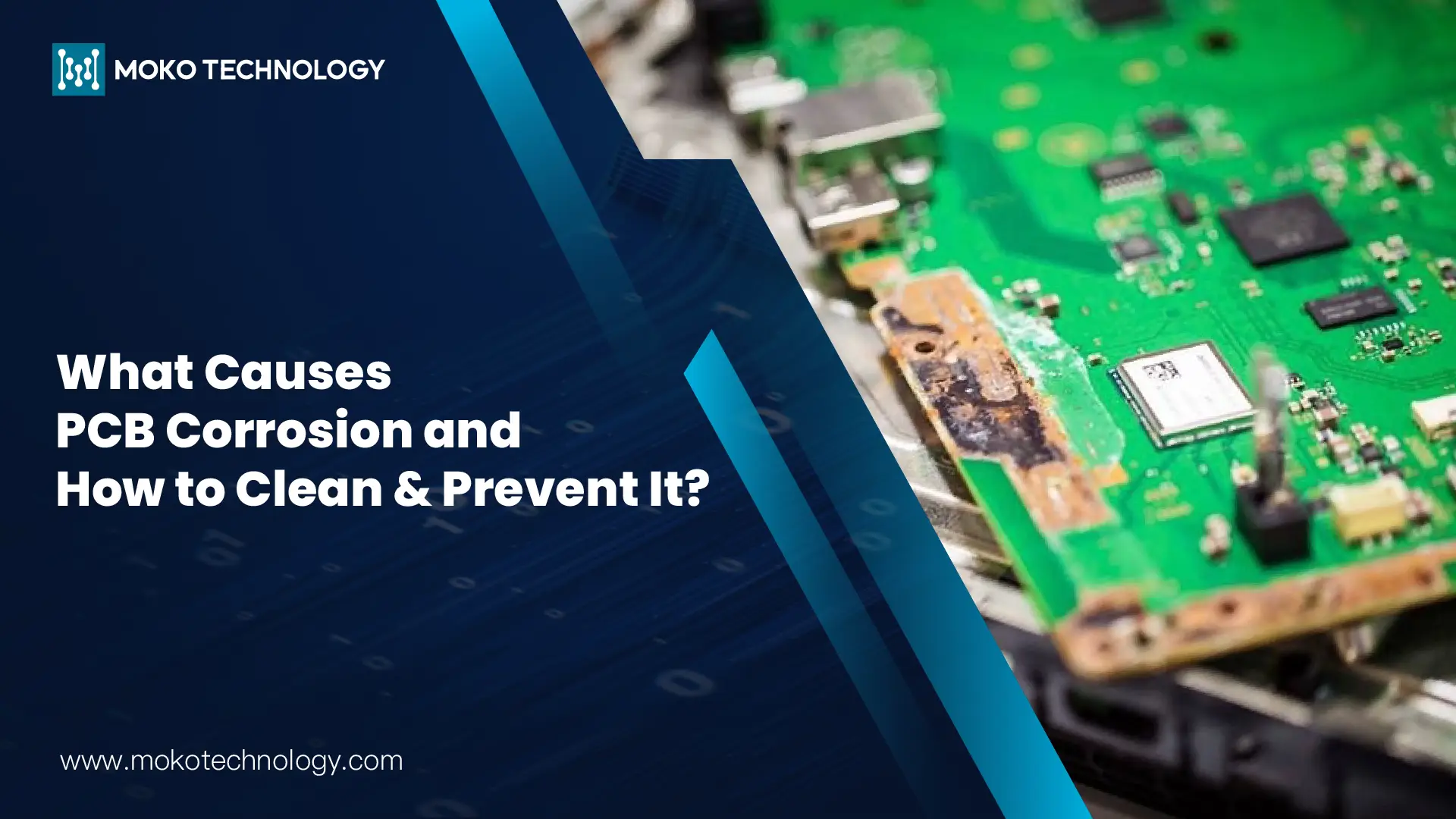High Frequency Printed Circuit Board is a class of PCBs. These are mostly used in those applications which involve special signal transmissions. These mostly operate in the frequency range of 500 MHz to 2GHz. High frequency PCB is a viable choice for applications involving microwave, mobile, and radio frequency.
Most of the electronic products today involve signal communication. This is more prominent in products that involve satellite and Wi-Fi systems. So, we look towards high frequency boards whenever we need a signal communication in our electronic products.
Today we will discuss all high frequency PCB boards and how you can use them as per your needs and requirements.
Material Selection for High frequency PCB Fabrication
We mostly use high frequency laminates in high frequency PCB. However, these are often difficult to fabricate. Because they must maintain the thermal heat transfer of the application due to the sensitivity of the transmitted signal. So, we need special materials for high frequency PCB manufacturing.
When you are selecting a material for High frequency PCB, you must keep the following in mind,
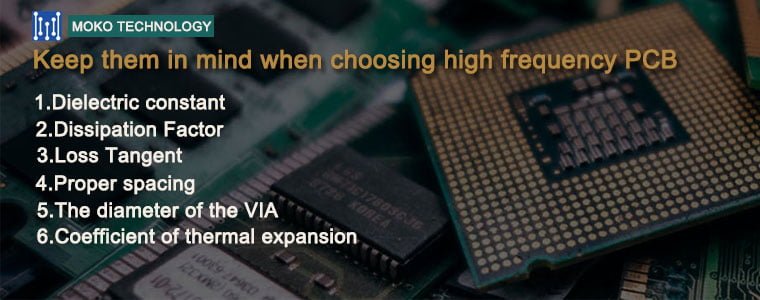
-
Dielectric constant
It is the ability of a material to store energy when we apply an electric field. However, it is a directional property which means that it will change with the axis of the material. So, the material you intend to use should have a small dielectric constant. Therefore, it will deliver stable input and there will be no delay in the transmission signal.
-
Dissipation Factor
Your material should also have a small dissipation factor. Because a high dissipation factor can affect the quality of the transmitted signal. However, a small dissipation factor will allow for less signal wastage.
-
Loss Tangent
It depends on the molecular structure of the material and it can affect the RF material going through high frequencies.
-
Proper spacing
It is important in terms of skin effect and cross talk. Crosstalk takes place when the PCB starts interacting with itself and we observe undesired coupling between the components. So, we need to ensure the minimum distance between the plane and trace in order to avoid crosstalk. The skin effect is related to the resistance of the trace. However, skin effect becomes prominent as the resistance increases. So, this can lead to warming the board. Therefore, the trace length and width must be such that it can’t affect the PCB at high frequencies.
-
The diameter of the VIA
VIAs with smaller diameters have low conductance hence, they are more suited when we are dealing with high frequencies.
-
Coefficient of thermal expansion
It determines the impact of temperature on the size of the material. So, this becomes important during the assembly and drilling processes. Because even a slight change in the temperature can significantly alter the size of the material. So, you must ensure that the thermal expansion of the foil must be the same as that of the substrate. Otherwise, the foil might dissociate when we subject it to high temperatures.
So, based on these considerations, we recommend the following materials for high frequency PCB,
- Taconic RF-35 Ceramic
- Rogers RO3001
- Taconic TLX
- Rogers RO3003
- ISOLA IS620 E-fiber glass
- Rogers 4350B HF
- ARLON 85N
Features of High frequency PCB
High frequency PCB is supposed to give excellent performance. So, they have the following typical features.
| Property | Typical Value |
| Dielectric Constant | 2.2-3.8 |
| Dissipation Factor tan | 0.0011-0.003 |
| Volume Resistivity (MΩ/cm) | 2.3×108 |
| Peel Strength (lbs. Per inch) | 14 |
| Arc Resistance (seconds) | >190 |
| Surface Resistivity (MΩ) | 3.5×106 |
| Thermal Coefficient of Er (PPM/℃) | -160 |
| Tensile Modulus (kpsi) | 270,219 |
| Compressive Modulus (kpsi) | 240 |
| Dielectric Breakdown (KV) | >50 |
| Water Absorption (%) | 0.03 |
| Thermal Conductivity | 0.27 |
Benefits of High frequency PCB
- High frequency PCB service is a convenient choice when it comes to wiring. Because they shorten the connection between the various electronic components and hence, they shorten the length of the wiring. So, this consequently improves the speed of signal transmission.
- High frequency PCB allows the signal line to form a constant low impedance to the ground. So, this significantly reduces the circuit impedance and provides an improved shielding effect.
- Most electronic products have functional requirements of heat dissipation and high frequency PCB are made from such material that facilitates heat dissipation hence, they are an ideal fit.
- The PCBs which we use in telecommunication or high-speed products are subjected to high frequencies. So, ordinary PCBs can’t function at these frequencies that is why we need high frequency PCB.
Applications of High frequency PCB
High frequency PCB has a range of applications and we will take a look at some of them,
High Frequency PCB Used in Medical
- We can use high frequency PCB in healthcare or personal monitors such as heart rate monitors, blood glucose monitors, and blood pressure monitors.
- You can also use them in medical scanners such as CT scanners, X-Ray scanners, and MRI scanners.
- Also, we can also use them in photometers and microscopes.
High Frequency PCB Used in Industrial
- You can use these in electric drills and electric presses.
- We may use these for the measurement of various parameters and controlling them. For example, pressure measurement systems and temperature control systems.
- Also, you can also use them in power indicators of generators, solar panels, and inverters.
High Frequency PCB Used in Advance Communication
- High frequency PCB enables the efficient transmission of sound signals over long distances. So, this allows for clear communication.
- We can use these for various advanced communication functions such as filtering and amplification.
- Also, we can use these in microphones, mixing decks, booster stations, and receivers.
High Frequency PCB Used in Radar systems
- We extensively use High-frequency PCBs in RADAR systems.
- These play an important role in the marine and aviation industries.
- Submarines and ships rely on these for detecting enemy vessels.
- Also, aircraft use these for navigation and safe landing.
If you are looking for high-frequency PCBs and can’t find a reliable vendor then you shouldn’t worry. MOKO Technology has vast experience in manufacturing all kinds of PCBs, including high-frequency PCB. We have a state-of-the-art setup and we have the capability for mass production. Also, our products are of premium quality and have excellent performance hence, we can deliver customized PCBs that are tailormade to meet your needs. Feel free to contact us if you want a quote or if you have any further queries.
